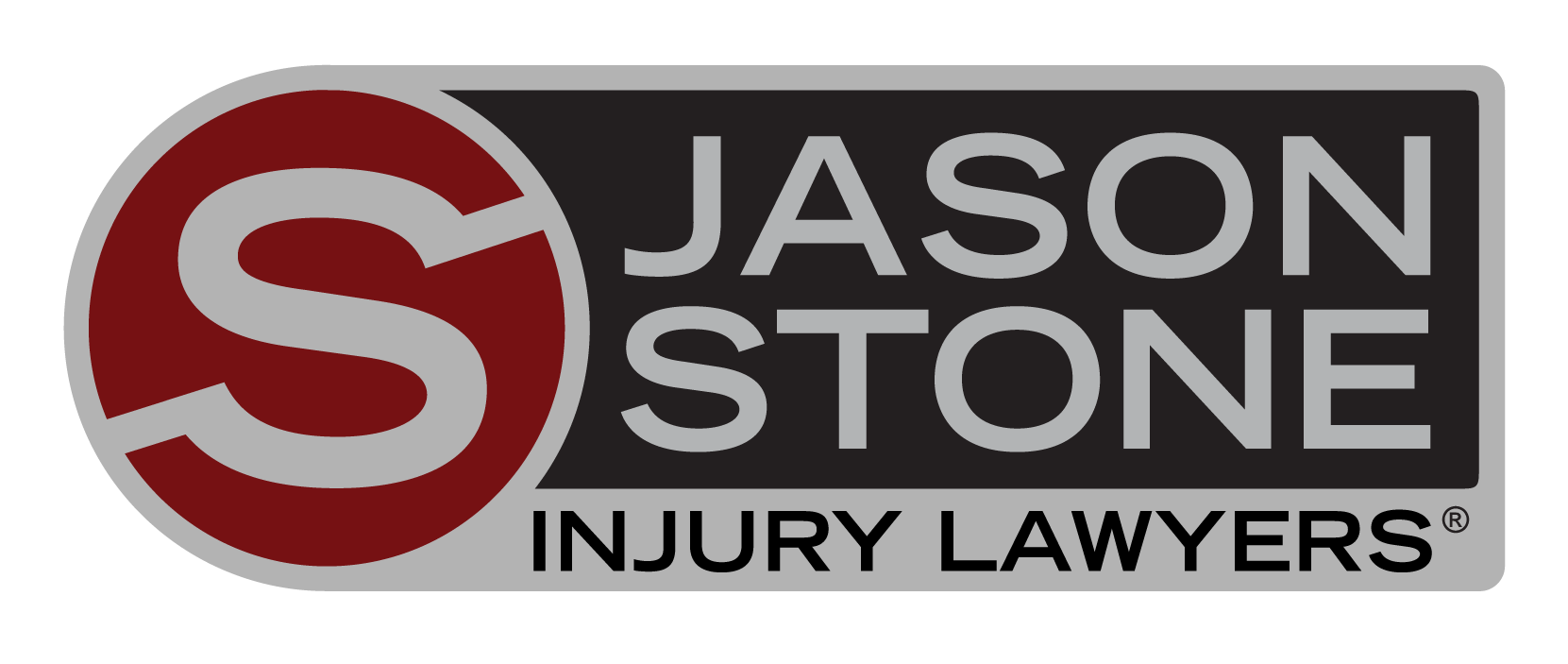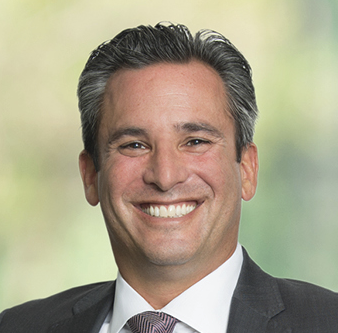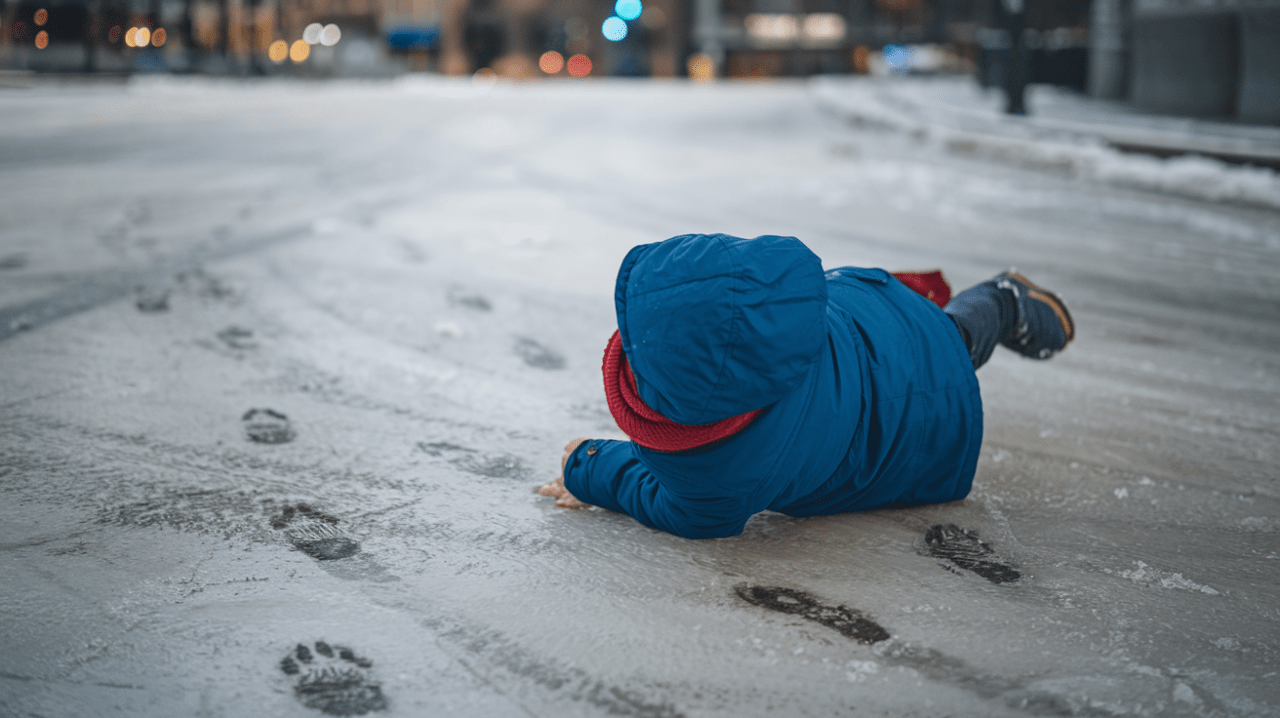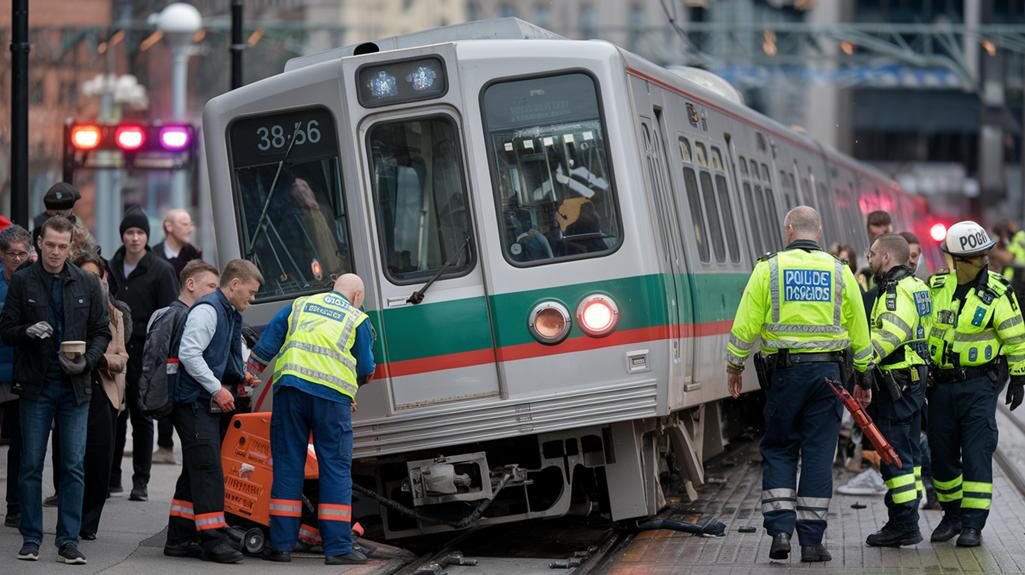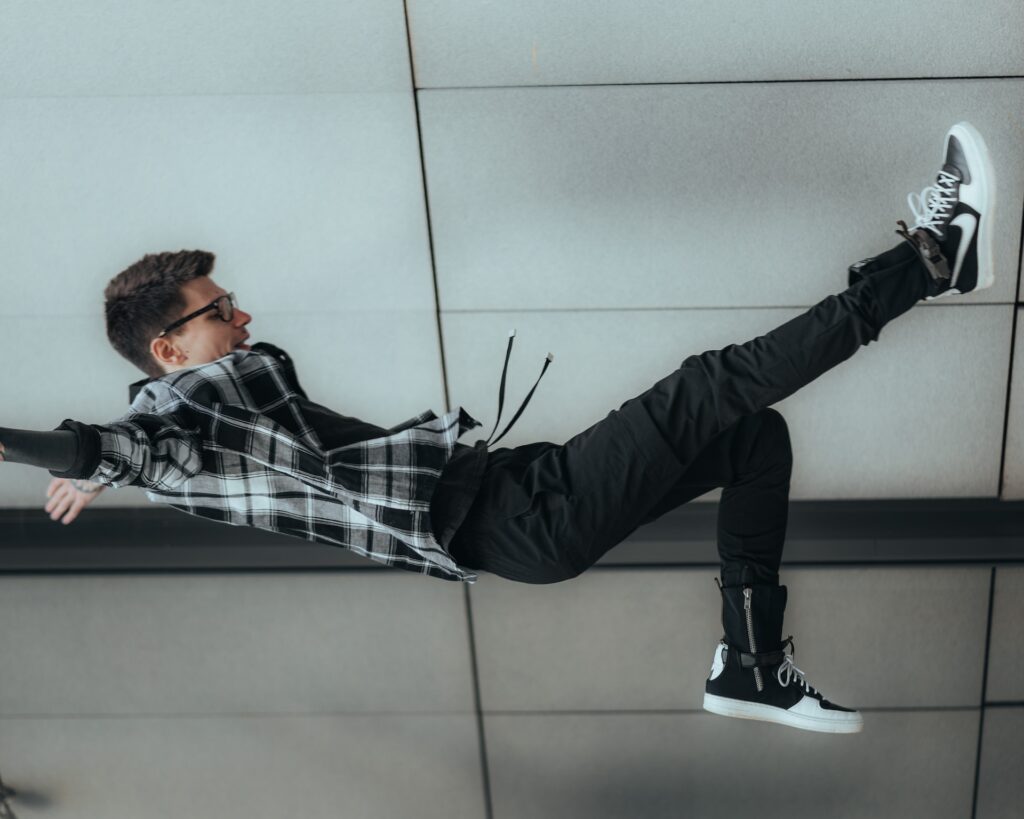 While accidents on other people’s property happen all the time, they could cause injuries. Victims may wonder if someone’s negligence factored into the incident, and they may wonder if they have a personal injury case. Those harmed deserve to know how to prove negligence in a slip-and-fall injury, and Jason Stone Injury Lawyers wants to help.
While accidents on other people’s property happen all the time, they could cause injuries. Victims may wonder if someone’s negligence factored into the incident, and they may wonder if they have a personal injury case. Those harmed deserve to know how to prove negligence in a slip-and-fall injury, and Jason Stone Injury Lawyers wants to help.
Slip-and-Fall Case Theories of Liability
Property Owner Prevention
One way to prove negligence in a slip-and-fall case is to determine how the property owner could have avoided the injury using more caution. For example, say a house guest slipped and fell on a puddle caused by a leaking roof. If the property owner put measures in place to limit accidents, she or he may not be responsible.
Personal injury victims must also remember that property owners do not bear responsibility for objects reasonable people know to avoid. For instance, because a reasonable person would expect to see a broom in a kitchen, she or he would avoid it. People have an obligation to pay attention to their surroundings and avoid obvious hazards.
Property owners have a responsibility to keep guests safe from “attractive nuisances,” such as trampolines and swimming pools. Homeowners must cover swimming pools and erect safety nets around trampolines to keep others safe.
Proper Owner Causation
Another way to prove negligence in a slip-and-fall case is to show how the property owner caused the hazard and the resulting injury. If a guest tripped and fell over a dangerous object, she or he could prove negligence by showing the property owner should have expected someone to trip and become injured.
Reasonable Actions
Whether the defendant took reasonable action also helps determine legal responsibility. Circumstances for plaintiffs to think about include:
- Does the property owner or a worker have a policy for checking the premises for hazards? If yes, is there a record of someone checking for hazards immediately before the slip-and-fall accident?
- Was the dangerous object or condition present long enough that an employee or the property owner should have noticed it and done something about it?
- Does a worker or the property owner have a justifiable reason for permitting the hazard to exist? If yes, did that reason still exist when the plaintiff fell?
- Did inferior lighting or reduced visibility contribute to the accident?
- Could preventative measures have de-escalated the hazardous situation? For instance, could an employee or the property owner have put up a warning sign around the hazard or moved the hazard?
For every factor above, defendants and plaintiffs must consider what a prudent person would do in a similar situation.
Slip-and-Fall Accidents on Residential and Government Property
Rather than in a store or another public location, you could slip, fall and hurt yourself while visiting a friend. Sometimes, tenants fall on a rental property, which could be the landlord’s fault. Either way, determining fault in slip-and-fall accidents that happen on rented property differs a bit from falls taking place in grocery stores, coffee shops and other places of business. To prove a landlord’s negligence, plaintiffs must show:
- The landlord’s inability to take reasonable actions to prevent dangerous conditions caused the tenant to hurt herself or himself.
- Neglecting to remedy the situation created a predictable scenario in which someone slipped and fell.
- Remedying the hazard would not have involved great expense or difficulty.
- The property owner had agency over the circumstance that triggered the accident.
Landlords may also bear responsibility if a third party slips and falls on a rental property, such as a house guest. Accidents could also happen on government property. Unique rules apply for slips and falls on federal, local or state government property. For instance, generous immunity provisions and strict notice requirements sometimes safeguard government entities from legal action for harm that happens on their property.
Comparative and Contributory Negligence in Slip-and-Fall Cases
Those harmed after slipping or tripping and falling on another person’s property must prepare for the possibility of the other party accusing them of causing their own injury. Legally, this is called “contributory negligence” and “comparative negligence.”
Contributory Negligence
Under contributory negligence, a plaintiff who contributes to her or his injury cannot hold a defendant responsible. Some states subscribe to pure contributory negligence rules, which means if the plaintiff bears even a single percent of the fault for harm suffered, she or he cannot collect compensation. That applies even if the defendant bears 99% of the blame. Only a few states still follow the restrictive rule.
Comparative Negligence
Comparative negligence rules focus on each party’s degree of fault. For example, say Thelma became engrossed in a phone conversation with her friend and did not notice an unattended spill on a convenience store floor. A store employee noticed the spill hours before Thelma hurt herself, but neglected to take care of it. Thelma should have paid more attention to her surroundings, making her 40% at fault for her injuries. The store employee should have mopped up the spill or put up a sign sooner rather than later, making the worker 60% at fault. If Thelma sustains $100,000 in damages, a judge or jury could rule that she only qualifies for $60,000 because she bears 40% of the blame.
Slip-and-Fall Damages
Once plaintiffs determine the negligent party, they may wonder how much to seek in damages for their physical, emotional and financial injuries. Examples of damages in personal injury cases include medical, pain and suffering, lost wages and loss of companionship or affection.
Medical Damages
Medical damages compensate slip-and-fall injury victims for health care costs endured because of the accident. This includes:
- Ambulance fees
- Physical and cognitive rehabilitation
- Medical professional consultations
- In-home health care
- Permanent disability or disfigurement
- Medical accessories and assistive devices, such as a wheelchair or heat pad
Because some slip-and-fall injuries do not always appear immediately, victims must receive immediate medical attention, even if they feel fine. They could have delayed injuries to treat.
Pain and Suffering
Pain and suffering damages account for physical and psychological distress suffered because of a personal injury. Factors judges and juries use to determine these damages include:
- Intensity of the pain suffered
- Injury type
- Prognosis for future pain
Personal injury victims must also consider the emotional and mental fallout they suffer after an accident, such as stress and anxiety connected to the slip and fall.
Lost Wages
Severe injuries could make it hard for a plaintiff to work and earn a living. Lost wages damages account for mobility issues, hospital stays and time missed from work to attend doctor’s appointments. Injured parties must prove the harm they suffered reduces or hampers their ability to work.
Loss of Companionship or Affection
Spouses of slip-and-fall accident victims could miss their injured partner’s ability to show affection. With loss of affection or companionship damages, the unharmed partner receives compensation, not the injured spouse. Even then, uninjured spouses only receive this compensation if the harmed spouse recovers damages.
Contact Us
If you slipped or tripped and fell on someone else’s property, do not wait to prove negligence and protect your legal rights. Jason Stone Injury Lawyers wants to help you determine if you have a strong personal injury case. With our Stone Cold Guarantee, you need not worry about paying legal fees upfront, and we only get paid after you do. To learn more, call 800-577-5188 or submit a Contact Us form.
Not Trusting What You’re Being Told?
Better Phone Stone
800-577-5188
 START MY NO OBLIGATION CONSULTATION
START MY NO OBLIGATION CONSULTATION